Winter Crop Cover – Keeping Ground Fertile Through The Winter and Making Compost
Guest blogger Daniel Schellenberg writes the awesome farmer-goes-green blog known as AgroGuru– a great blog focusing on how greening impacts the agriculture community.
Today he is my guest blogger and brings interesting insight into how we might find a surprisingly simple solution for keeping our ground fertile through the winter – barley is a great compost product as well. Read on –
Like farmers, gardeners have more than they can handle. Any tip or trick to make your job easier today and even facilitate your life next season is a godsend.
Do you have open ground this fall?
Do you want to claim a patch of land for spring?
Are you an avid composter?
Your solution is as simple as some barley seed.
Farmers seed barley in fall and it germinates in 5-7 days under soil temperatures of 50 degrees F. Barley grows to a small bunch and stops its progress right when winter sets in. Since barley is frost tolerant, it will hang out all winter, through to cold and even under snow, and it will take off in the spring. Come April or May, you will have your own patch of leaves and stem on its way to producing grain. More on what you do with the leaves and stems in a moment. Now, the difference between you and the farmer is you can do without the grain. The next step might hurt, but cut it all to the ground. The main benefit for your patch of ground is the deep barley roots will decompose creating pores for water, nutrients and microbes to move around. The result is added organic matter below ground, without you having to work your soil.
Your new plot is free for planting a new garden, sowing flower seed or transplanting spring vegetables. What to do with all the barley leaves and stems? There are three easy steps.
1. Let the leaves and stems dry in the sun
2. Use a sharp tool to chop them up
3. Store in a dry place for adding to your compost
Our friend Shawna has produced great videos and posts about the benefits of compost for your garden, your community and the environment. I came up with barley serves your needs to overcome one little problem. What is the best material for adding brown stuff to my compost? Cardboard, household waste and even leaves work but, dry barley leaves and stems is one of the BEST BROWN MATERIALS for your compost.
Get some seed and plant before temperatures get too cold.
For planting a biculture of barley and legumes, follow my proven method for inoculating legume seed. Use winter hardy legumes like Austrian winter peas or hairy vetch.
To find me, Daniel Schellenberg on the web, check out Twitter http://twitter.com/danielschel or my website at http://danielschellenberg.com/blog.
Shawna Coronado says Get Healthy! Get Green! Get Community!
Fall View of My Community Garden and Bike Path
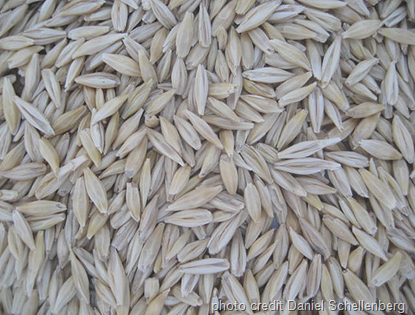
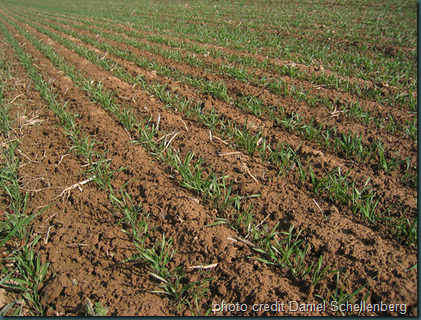
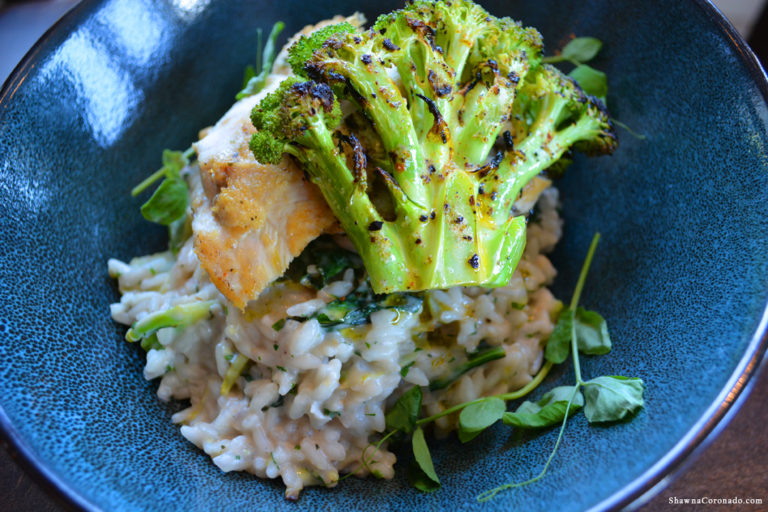
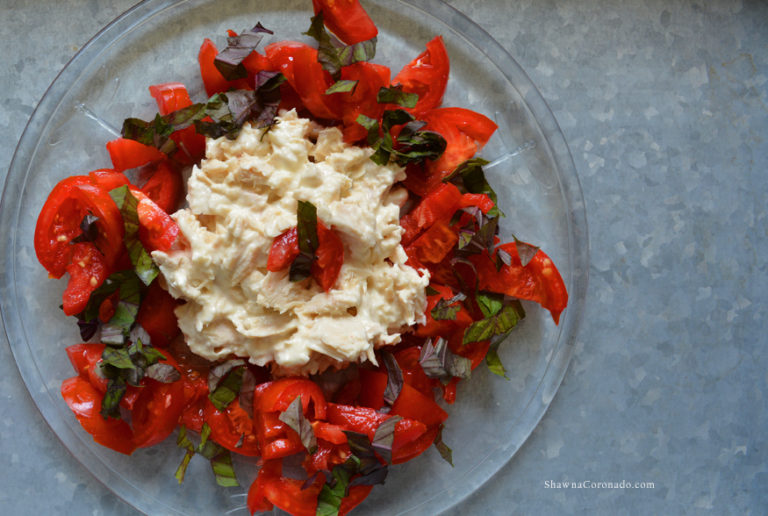
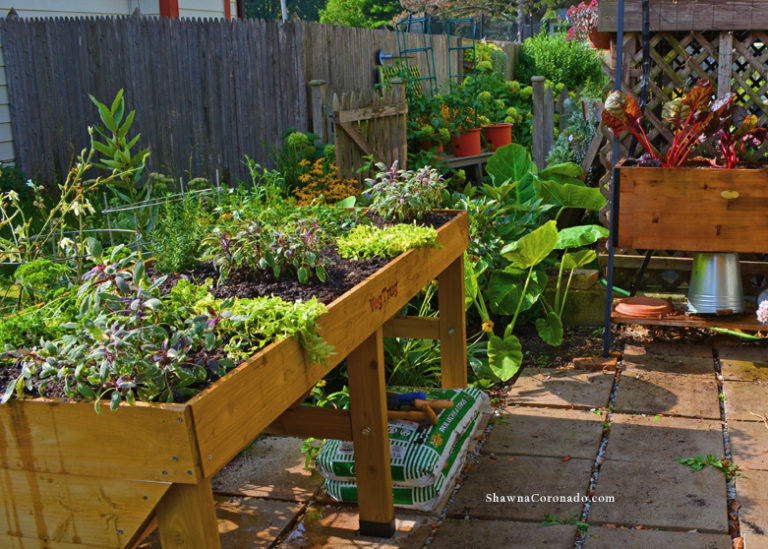
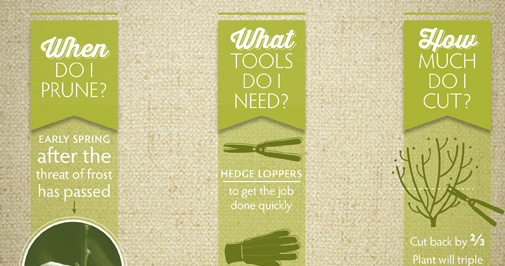
My neighbor has a dozen horses so I use their manure in the fall. I use the bucket on our John Deere Tractor to move it over the the 60 x 80 veggie garden I tend to each year. We spread it to the best of our ability with the same bucket by dragging it. It leaves maybe a 4 inch top coats of the 'good stuff'. Come spring it is super easy to till under and we always have a wonderful healthy crop.
Great Blog – I love this fellow gardeners insight.
Awesome ideas for winter cover! Thanks Bren!
Shawna
Bren,
The strategy I present here is twofold. One barley roots enrich the soil with organic matter as the decompose without the need to till. And two, the barley stems and leaves are harvested like hay for use in compost.
Manure works great too!
Daniel
Pretty nice place you've got here. Thanks for it. I like such topics and everything that is connected to them. I definitely want to read more soon.
Best regards
Darek Wish